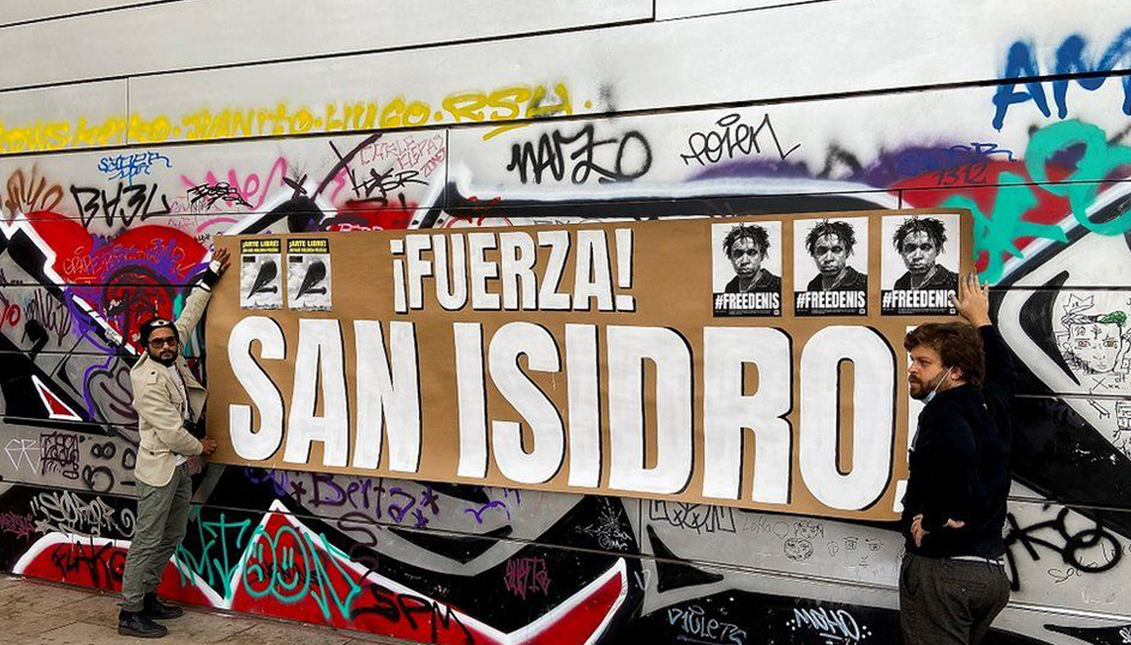
Resolution supporting Cuba’s San Isidro Movement introduced in the Senate
The collective of artists have been in a constant battle for freedom of expression against the island nation’s government.
Since 2018, the San Isidro Movement in Cuba has been battling the government over the artistic freedom of expression.
Now, in 2021, after years of communicating in the shadows, facing violence and being silenced through force, the movement could have an important ally in the U.S. government should a new resolution pass.
On Feb. 9, 2021, the bipartisan resolution introduced by Senators Bob Menendez, Marco Rubio, Dick Durbin and Ben Cardin would announce the U.S.’s stance in solidarity with the San Isidro Movement and its efforts to advance freedom of expression in Cuba.
“With this resolution, we stand in total solidarity with the courageous artists and activists in Cuba’s San Isidro Movement and join their call for greater respect for freedom of expression and social rights in the island,” said Menendez in a release about the resolution. “The Cuban people are still violently repressed and imprisoned.”
It also calls on Cuban authorities to engage in “meaningful dialogue” with members of the movement around the issue.
Such an effort looked to be making headway in late November of 2020, following massive protests over the arrest of San Isidro member and rapper, Denis Solís.
Vice Minister of Culture Fernando Rojas met with some members of the San Isidro Movement before President Miguel Díaz-Canel spoke out against them, calling the collective “an imperialist reality show.”
The San Isidro Movement spawned in response to the government’s Decree 349.
The law, which was one of the first signed by Díaz-Canel when he took power, prohibits all artists, including collectives, musicians and performers, from operating in public and private spaces without prior approval from the country’s Ministry of Culture.
RELATED CONTENT
It sparked widespread protest across the country, and the San Isidro Movement has been at the forefront.
Led by artists such as Tania Bruguera, the collective initially took advantage of the 2015 deal between the U.S. and Cuba that allowed the Cuban population more Internet access in return for more open bilateral relations with Washington.
That was, until Decree 370.
The law, passed in 2019, cracked down on a number of Internet freedoms afforded to Cubans, but most importantly, penalized the dissemination of information contrary to “social interest,” “morals,” and “good customs” on social media.
It put artists like those in the San Isidro Movement further within the government’s crosshairs.
“The Cuban regime continues to target artists, dissidents, activists, academics, and journalists and the members of the San Isidro Movement are not exempt from the Diaz-Canel’s and Castro’s repression,” said Rubio.
The U.S. Senate resolution also calls for the repeal of Decree 349, Decree 370, the release of Solis, and for the U.S. Secretary of State and other European and Latin American governments to condemn the Cuban government’s suppression of the group.











LEAVE A COMMENT: